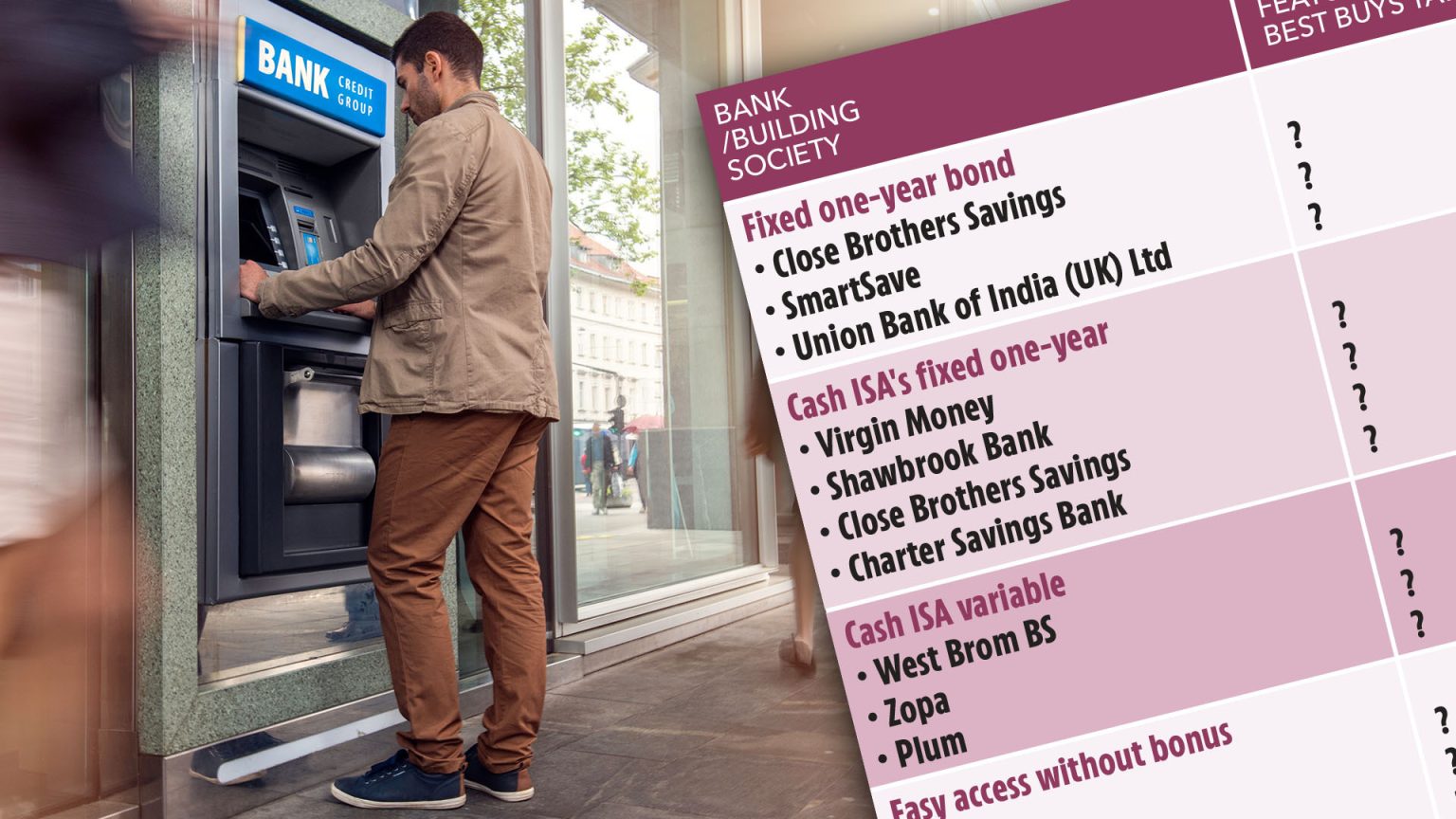2025 Savings Rate Predictions & 2024 Savings Account Landscape
The year 2024 witnessed a fluctuating landscape for savings rates, initially surging due to successive Bank of England (BoE) base rate hikes but eventually leveling off and even declining as the BoE began cutting rates in late 2024. Looking ahead to 2025, predictions suggest a mixed outlook. While further base rate cuts are anticipated, their number and pace remain uncertain due to persistent inflationary pressures. This creates a complex environment for savers, with potential implications for different types of savings accounts.
Expert forecasts indicate a potential divergence in the performance of various savings products. Easy-access accounts, closely tied to the base rate, are expected to face continued pressure and offer lower returns as the BoE continues its easing cycle. Fixed-rate products, on the other hand, may offer a more stable and potentially attractive option for savers seeking higher returns. With the possibility of substantial rate cuts diminishing, fixed-rate bonds and ISAs could provide opportunities to lock in rates exceeding inflation by a noticeable margin. This contrast in performance emphasizes the importance of carefully considering individual savings goals and risk tolerance when choosing the right account type.
While the overall trend points towards lower savings rates in 2025, it’s crucial to remember that not all financial institutions follow the same trajectory. Challenger banks and building societies, eager to attract new customers, might buck the trend by offering competitive rates on both fixed and variable accounts. The emergence of new providers in the market could also intensify competition, potentially benefiting savers with a wider range of options and potentially better returns. Therefore, staying informed about the latest offers and comparing rates across different institutions will be crucial for maximizing savings growth.
Analyzing the savings landscape of 2024 offers valuable insights for savers navigating the changing market. A review of best-buy tables across various savings account categories reveals consistent performers throughout the year. In the fixed one-year bond sector, Union Bank of India (UK) Ltd and SmartSave stood out, while Virgin Money, Shawbrook Bank, Close Brothers Savings, and Charter Savings Bank frequently appeared in the best-buy tables for fixed one-year Cash ISAs. West Brom Building Society dominated the variable Cash ISA category, while cahoot, Monument Bank, and Oxbury Bank consistently featured in the easy-access sector.
Vanquis Bank emerged as a prominent player in both notice accounts and monthly interest accounts, while Principality Building Society made frequent appearances in the regular savings category. Finally, Saffron Building Society consistently featured among the top choices for children’s savings accounts. While these institutions demonstrated strong performance in 2024, it’s essential to note that past performance does not guarantee future results, and ongoing rate comparisons remain crucial.
Maximizing savings returns in 2025 demands proactive strategies and diligent research. Utilizing comparison websites such as MoneySavingExpert.com, MoneySupermarket, and Go Compare is essential for identifying the best deals across various account types. These platforms provide valuable information on interest rates, minimum deposits, and account features, allowing savers to make informed decisions. However, it’s equally important to consider individual financial needs and preferences when selecting an account.
Easy-access accounts offer flexibility for frequent withdrawals but typically come with lower interest rates. Cash ISAs provide tax-free interest earnings and are suitable for larger sums, while fixed-rate bonds and ISAs offer higher rates but lock in funds for a specific period. Exploring options beyond high-street banks can often lead to better rates. Smaller banks and building societies often offer more competitive returns to attract customers. Finally, thoroughly reviewing terms and conditions is paramount. Understanding withdrawal penalties, minimum balance requirements, and any other potential drawbacks can prevent unexpected surprises and ensure the chosen account aligns with individual savings goals.
In conclusion, the savings landscape in 2025 presents both challenges and opportunities. While base rate cuts may exert downward pressure on returns, proactive savers can still find competitive rates by staying informed, comparing offers, and considering a diverse range of financial institutions and account types. By employing a strategic approach and remaining vigilant, savers can navigate the evolving market and maximize their returns in the year ahead.











